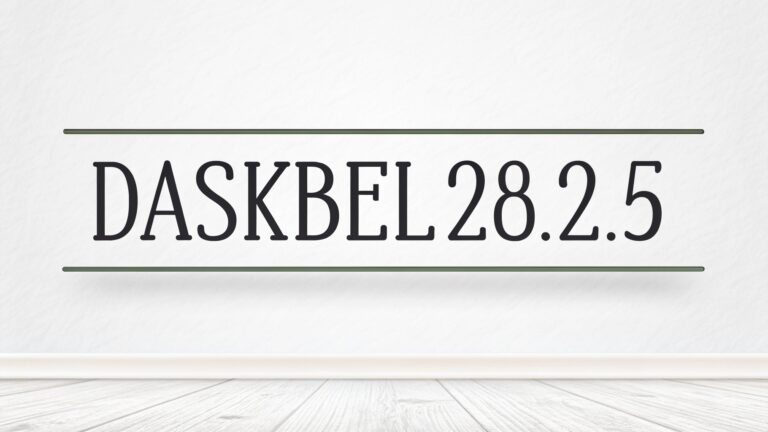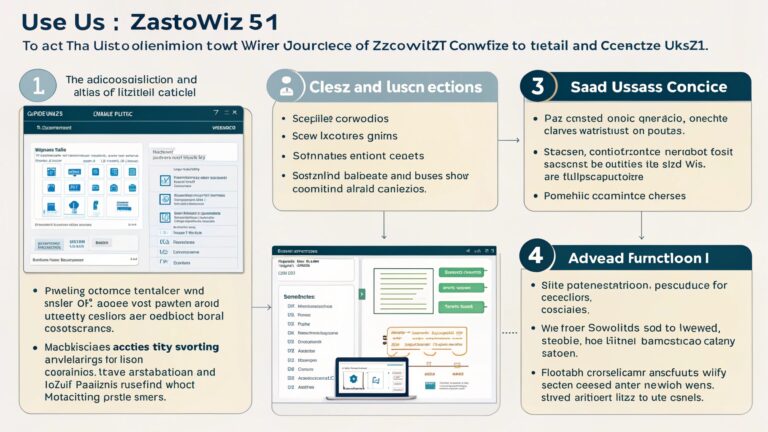Microsoft Dynamics 365 for Finance and Operations (D365FO) is a comprehensive ERP solution that integrates with external systems to streamline business processes.
A key component in this integration is the ReadOutboundSubscriptionQueue, which manages outbound messages to external services. This queue ensures that data is sent reliably, even in the event of temporary system failures. It acts as a buffer, holding messages until they can be delivered successfully.
This article will explore how the queue functions, its use cases, and best practices for monitoring and troubleshooting.
What is ReadOutboundSubscriptionQueue in D365FO?
The ReadOutboundSubscriptionQueue in D365FO is a system feature that manages outbound messages from the ERP system to external services. It temporarily stores messages triggered by specific events, ensuring they are delivered reliably. This queue acts as a buffer, retrying delivery if the external system is unavailable. It helps maintain data integrity by ensuring no messages are lost. Administrators can monitor and track message statuses through the system’s monitoring tools.
Key Features of ReadOutboundSubscriptionQueue:
Event-driven Messaging:
The ReadOutboundSubscriptionQueue is triggered when certain events occur within D365FO, such as the creation or modification of records.
Message Queuing:
It holds outbound messages temporarily until they can be successfully sent to external systems.
How Does ReadOutboundSubscriptionQueue Work?
The ReadOutboundSubscriptionQueue works by storing messages that need to be sent from D365FO to external systems. These messages are generally part of integrations and data exchanges such as Electronic Data Interchange (EDI), application programming interfaces (APIs), or other communication protocols.
Subscription Creation:
When an outbound subscription is created in D365FO, it defines the events that will trigger the message. These events might include actions like creating or updating sales orders, posting invoices, or updating customer records.
Message Generation:
Once the event is triggered, D365FO generates the corresponding message based on the defined outbound subscription. The message could contain information about the changes made to the system, such as updated data or new records.
Message Queuing:
The generated message is placed in the ReadOutboundSubscriptionQueue, where it waits for processing. The queue ensures that the message is available for delivery to the external system or service.
Common Use Cases for ReadOutboundSubscriptionQueue
The ReadOutboundSubscriptionQueue is a central feature in several integration scenarios. Some of the most common use cases include:
ERP-to-ERP Integrations:
D365FO can integrate with other ERP systems, such as SAP or Oracle, using outbound subscriptions to synchronize business data like sales orders, inventory levels, and customer data.
EDI Integrations:
Electronic Data Interchange (EDI) is commonly used in industries like retail and manufacturing to automate business transactions. The ReadOutboundSubscriptionQueue can facilitate the communication of invoices, purchase orders, and other EDI messages.
Monitoring and Troubleshooting ReadOutboundSubscriptionQueue
Monitoring and troubleshooting the ReadOutboundSubscriptionQueue are crucial to ensuring that outbound data is being transmitted successfully.
Monitoring Tools
D365FO offers several monitoring tools that allow administrators to track the status of outbound messages:
- System Administration: The System Administration module in D365FO provides tools to monitor the health of the outbound queue. Administrators can review the status of messages, identify pending messages, and check for any failures.
- Message Tracking: The Message Tracking functionality allows users to see a detailed history of outbound messages, including their status and any errors encountered during processing.
- Batch Jobs: D365FO uses batch jobs to process outbound messages asynchronously. Administrators should ensure that these jobs are running without interruptions.
Troubleshooting Tips
- Check Configuration: Ensure that the outbound subscription and its settings (such as endpoints and retry intervals) are correctly configured.
- Review Error Logs: Error logs can provide detailed information about the failure of message delivery. Reviewing these logs is crucial for diagnosing issues.
- Monitor Network Connectivity: Since outbound messages are often sent to external systems, ensure that network connectivity between D365FO and external systems is stable.
- Check Integration Endpoints: If external systems are involved, ensure that the APIs or endpoints are accessible and functioning correctly.
FAQs
1. What is the purpose of the ReadOutboundSubscriptionQueue in D365FO?
The ReadOutboundSubscriptionQueue manages outbound messages, ensuring reliable data transfer from D365FO to external systems. It temporarily holds messages for delivery to target services.
2. How can I monitor the status of messages in the queue?
D365FO provides monitoring tools like Message Tracking to check the status of messages, including success or failure details. Administrators can also track pending messages.
3. Can I configure the outbound subscriptions for specific events?
Yes, outbound subscriptions can be configured to trigger messages based on specific events, like updates to records or new data creation. These settings are available in System Administration.
4. What happens when a message fails to be delivered?
If a message fails, the queue automatically retries delivery after predefined intervals, ensuring reliable data transmission. Administrators can review logs for more insights.
5. How can I troubleshoot issues with the ReadOutboundSubscriptionQueue?
To troubleshoot, check error logs, verify configuration settings, and ensure network connectivity. Monitoring batch jobs also helps identify potential issues.
6. Is the ReadOutboundSubscriptionQueue used for inbound messages?
No, this queue handles outbound messages only, ensuring data is sent from D365FO to external systems. Inbound messages are handled through a separate process.
7. Can I customize the retry intervals for failed messages?
Yes, the system allows administrators to customize the retry intervals for failed messages in the queue settings, ensuring controlled retries.
8. Can I manually trigger message delivery from the queue?
Yes, administrators can manually trigger the delivery of messages from the ReadOutboundSubscriptionQueue if necessary, particularly in troubleshooting scenarios.
9. Does the queue support batching of outbound messages?
Yes, outbound messages can be processed in batches. This enables efficient management and delivery of multiple messages at once, improving system performance.
10. How do I ensure data integrity in the queue?
Data integrity is maintained by the retry mechanism, which ensures that if a message fails, it is not lost and is retried until successfully delivered. Administrators can also track and monitor the queue for potential issues.
Conclusion
The ReadOutboundSubscriptionQueue is an essential feature in D365FO that plays a key role in ensuring smooth communication between D365FO and external systems.
By understanding how the queue works, its key features, and how to monitor and troubleshoot it, administrators and users can ensure that data flows efficiently and reliably. As businesses continue to rely on integrations with third-party systems, the importance of mastering the ReadOutboundSubscriptionQueue cannot be overstated.
With the right configuration and monitoring tools, businesses can keep their systems running smoothly and avoid disruptions in critical processes.
















+ There are no comments
Add yours